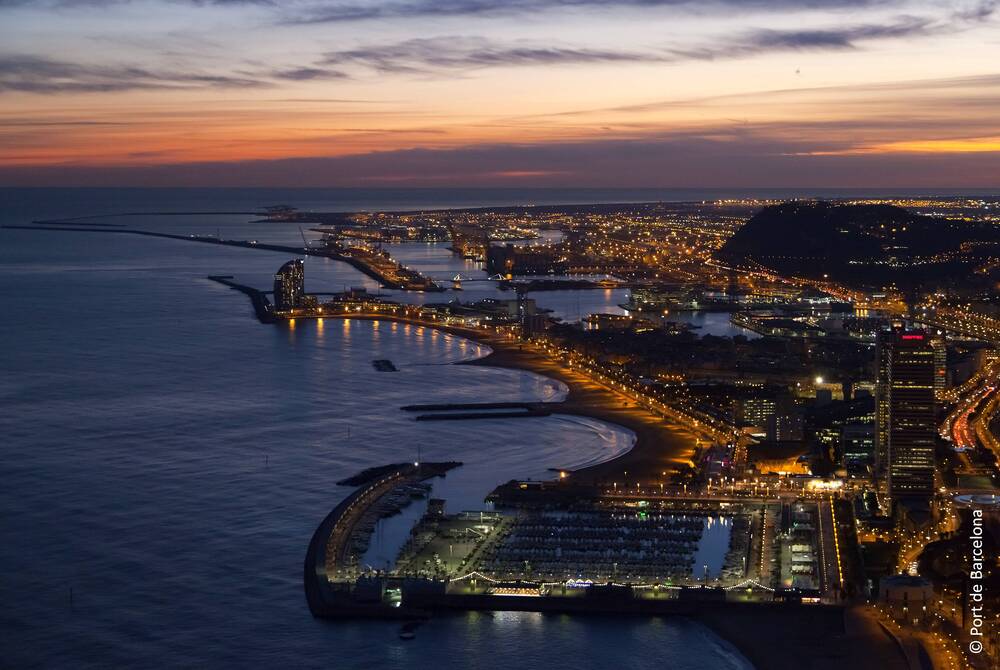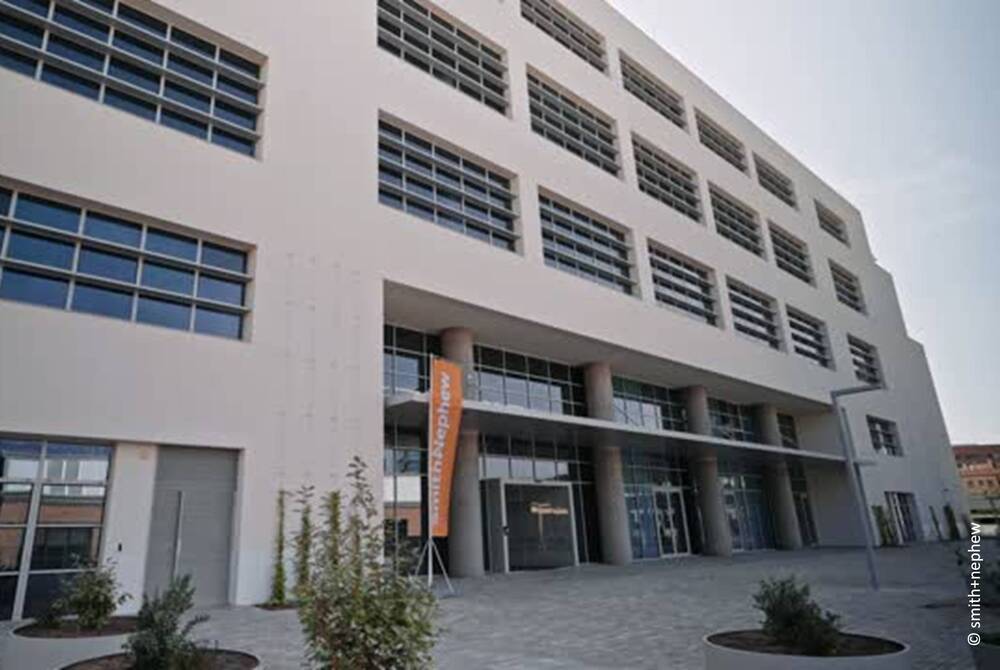27
January
2023
Share on networks
Generalitat to approve the project to modernise Barcelona’s railway infrastructure
The final approval of the project is expected to come during the first quarter of 2023, after the completion of the allegation phase.

The urban master plan (PDU) for the creation of the southern rail-port node in the port of Barcelona has been initially approved by the Generalitat de Catalunya. The Territorial Commission has given the go-ahead to the document, which must go through a phase of allegations with the various entities affected by the urban redevelopment of the area and with the public. It is expected to receive final approval in the first quarter of 2023. The Generalitat is promoting the modernisation of the rail accesses to the port of Barcelona with the awarding of the preliminary phase of their construction.
The project affects 68 hectares of land in the southern area of the site
The rail-port node will incorporate up to six different terminals, which will extend in the southern part of the port area. The document lays the foundations for what is to be the Port of Barcelona’s Intermodal Logistics Terminal.
According to the Port Authority of Barcelona, the totality of infrastructures will be “a very powerful railway node”, which will provide a service to the port, but also to its surroundings: the Zona Franca, the Prantenc Industrial Estate and the industries located in the Baix Llobregat and the southern area of Barcelona. In addition, this node will facilitate a sustainable and efficient flow of maritime-terrestrial traffic, as well as land-maritime traffic.
There are spaces that will fall into disuse, such as the Morrot terminal, so the urban plan considers how to make the most of these spaces. The plan also envisages the creation of 20.8 hectares of green public spaces and the Corredor Verde Parc Agrari del Llobregat – Parc de Montjuïc, is a network of itineraries connecting the different logistics and port areas to the natural spaces.
As for Morrot, the future Intermodal Logistics Terminal is expected to absorb all its operations and free up its current terminal for a use yet to be defined. This investment is part of a comprehensive plan to improve connectivity with the surrounding area by building cycle lanes, improving pedestrian accessibility, extending the public transport network and developing green and recreational areas. The funds will also be used for the installation of security systems to improve the safety of workers and visitors to the port.
Related news

El Prat airport expansion gets green light: €3.2 billion to be invested to reach 70 million passengers

Barcelona among top five start-up hubs in European Union for second year in a row

New Smith+Nephew Barcelona Campus consolidates Catalonia as European benchmark in healthcare innovation

Subscribe our Newsletter
Subscribe
Follow us on social